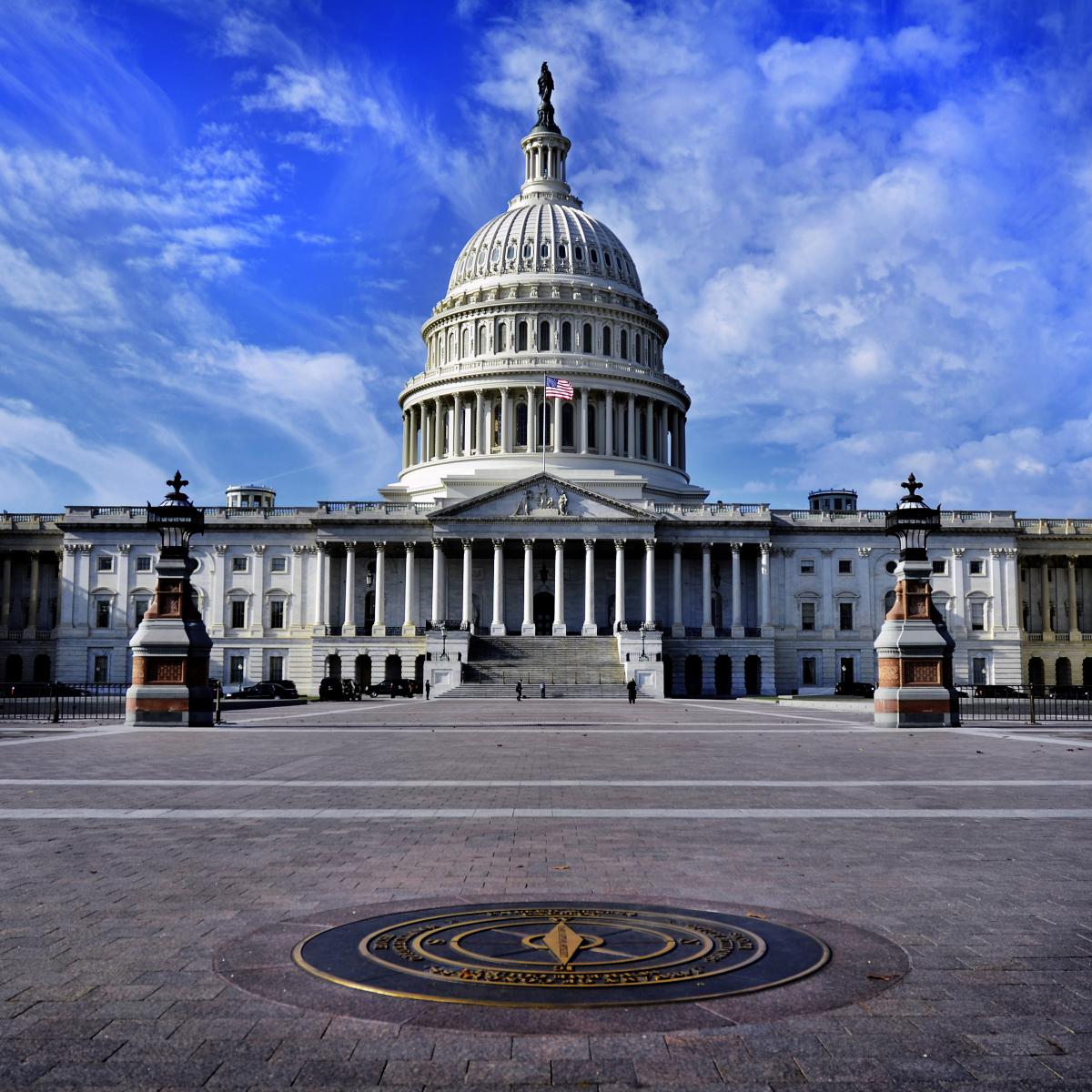 Legislation that seeks to stem retirement plan leakage by providing incentives for the use of automatic portability arrangements in defined contribution plans picked up support in the U.S. House of Representatives.
Legislation that seeks to stem retirement plan leakage by providing incentives for the use of automatic portability arrangements in defined contribution plans picked up support in the U.S. House of Representatives.
The Advancing Auto-Portability Act of 2022 (H.R. 9252) was introduced Oct. 28 by Reps. Brad Schneider (D-IL) and Ron Estes (R-KS), who are both members of the House Ways and Means Committee, where the legislation was referred.
Citing data from the Employee Benefit Research Institute, the Retirement Clearinghouse (RCH)—which conceived the idea and has been active in promoting the concept on Capitol Hill and among regulators—notes the legislation has the potential to preserve up to $1.5 trillion in retirement savings over a 40-year period.
What’s more, the legislation—as part of its findings—contends that up to $105 billion in retirement savings leaves the defined contribution pension system annually because employees cash out their savings after a job change.
To that end, RCH explains that auto-portability is “the routine, standardized and automated movement of an inactive participant’s retirement account from a former employer’s retirement plan to their active account in a new employer’s plan.” As such, it is intended to serve the needs of participants who are subject to the mandatory distribution/force-out provision of their employer-sponsored plan (i.e., accounts with less than the current limit of $5,000) and is designed to work within the existing infrastructure and data flows of the qualified employer plan system.
RCH also notes that nearly a third (31%) of workers who change jobs each year will cash out their 401(k) accounts within one year of moving to a new employer. However, the cash-out rate is higher among plan participants who are minorities (63% for Blacks and 57% for Latinos), are between ages 20 and 29 (44%), or earn $20,000 to $30,000 a year (50%). Similarly, the percentage is higher for women (41%), especially women between ages 25 and 34 (71%).
Key Provisions
Under the legislation, employers that adopt the program will be eligible for a $500 tax credit to cover implementation costs.
The legislation also contemplates:
- advance notice to eligible participants 30 days prior to the event, with the ability to opt out of the program; and
- notice to the individuals for whom the transaction is performed within three business days disclosing the nature of the transaction, fees, and contact information for the automatic portability provider.
With regard to the automatic portability provider:
- It must provide acknowledgement in writing that it is a fiduciary with respect to the individual on whose behalf the individual retirement plan is established.
- Its fees “shall not exceed reasonable compensation” and be approved in writing by the plan fiduciary.
- It “shall not market or sell data” relating to the individual retirement plan.
- It shall offer its services to on the same terms to any plan regardless of whether the provider provides other services to the plan.
- It will keep records for six years, conduct an annual audit to demonstrate compliance.
Bicameral Backing
The Advancing Auto-Portability Act has now received bipartisan backing in both the House and Senate. Companion legislation (S. 4406) was introduced in the U.S. Senate this past June by Sens. Tim Scott (R-SC) and Sherrod Brown (D-OH). In addition, a similar provision is contained in the EARN Act (S. 4808), which was approved by the Senate Finance Committee in June and the legislative language was formally introduced in September.
Given the bipartisan backing in both chambers of Congress and that nearly identical provisions are contained in the EARN Act, it would seem this legislation stands a good chance of being included in whatever emerges as part of the SECURE Act 2.0 push. Whether that broader legislation can get across the finish line as part of a year-end deal remains to be seen, but most industry observers remain bullish on the prospects.

